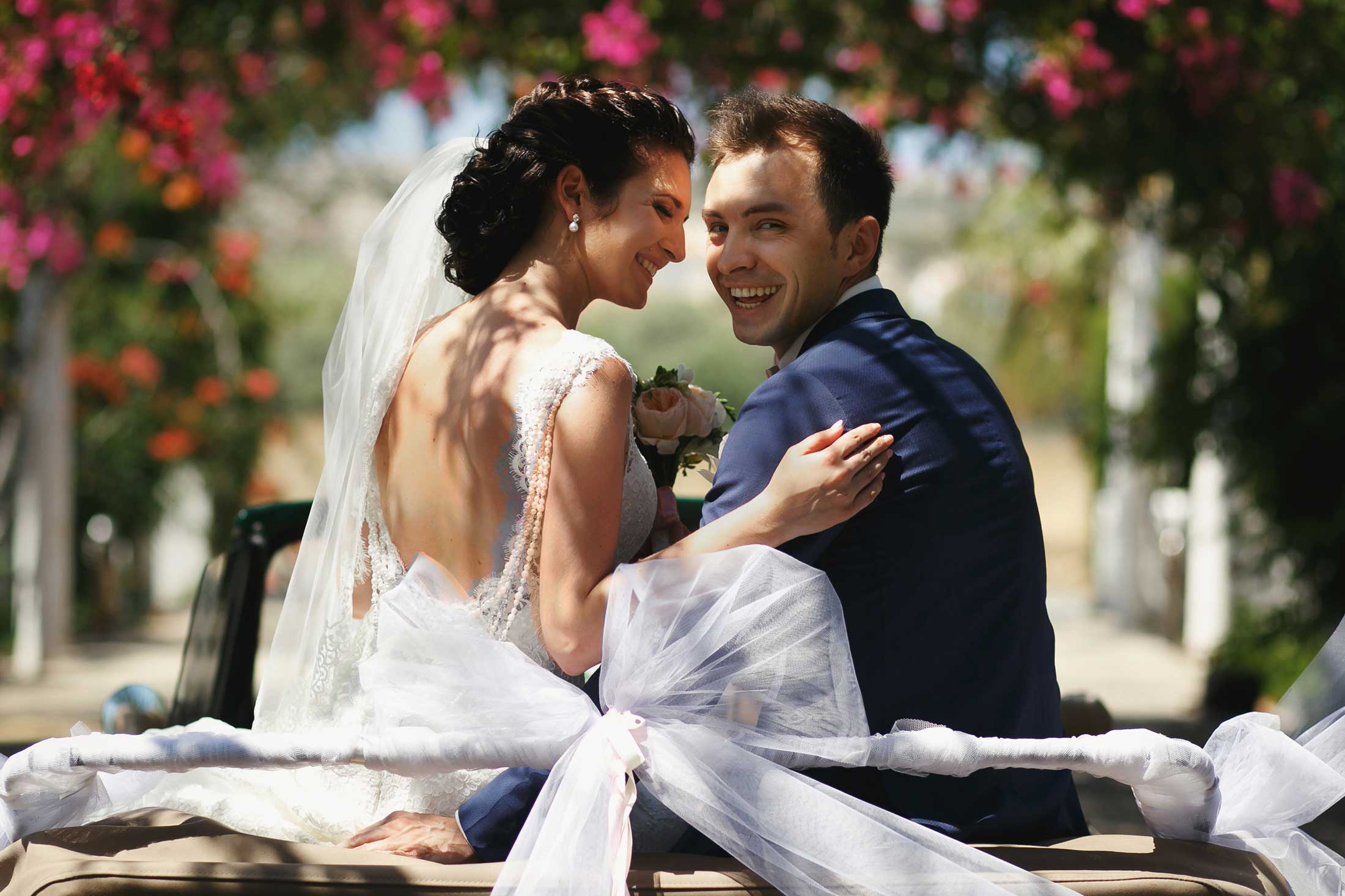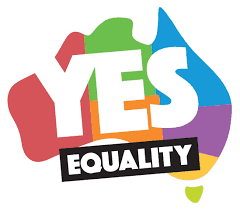Wedding Decorations Glossary
(Courtesy bellethemagazine.com)
Backdrop: This is a stretch of material that covers the wall immediately behind the head table.
It can be subtle or extravagant, made of any fabric you like, as long as it complements the bridal gown in particular. The traditional material is a few yards of tulle (see below) as it can be tied into bows and can be purchased in a range of colours.
Birdcages: These are becoming an increasingly popular form of wedding decoration, used both as a centrepiece to adorn tables during the reception and to decorate the other areas of the room.
Bunting: This tradition originated in England. String was used to hang triangles of material (resembling flags) in a pattern of bright colours, which was then dangled around the edges of a room. It can also be used outside for outdoor weddings, and can easily be made or purchased in the colour scheme of your choice.
Candelabra: A form of centrepiece (see below) placed on the centre of tables in wedding receptions. These are ornate candle holders that can hold either one or multiple candles. They don’t always contain candles, but including lit candles would be particularly fitting for an evening, night time or winter wedding.
Centrepiece: This is a series of identical items used to decorate every table at the wedding reception. Traditional centrepieces are usually made of flower displays, but modern centrepieces can be made from just about anything- from glass to ceramic, to sentimental objects, or whatever you feel respresents your personality as a couple. Use this fab article for inspiration!
Chair covers: These are fabrics pieces sewn to fit the shape of a chair. This popular wedding decoration transforms any set of chairs; ensure they match your colour scheme.
Colour scheme: Your colour scheme is created by your choice of two or three colours that will be used throughout your wedding. This will usually affect – but is not limited to – your cake, tablecloths, chair covers, as well as your dress and the outfits of the whole head table. For a great article on where to begin your search for the perfect colour scheme, click here.
Confetti: Small pieces of coloured paper which are scattered at celebratory events, such as weddings. Rice was, up until recently, more commonly used as confetti, but this proved extremely dangerous to birdlife and so is gradually being abandoned. Rice was used to symbolise fertility and thrown to bless the new couple with children. This is why the tradition continues on, and it’s great fun for the kids!
Damask: This is a rich woven fabric that has patterns visible on either side, and is created on a loom. This material is extremely versatile, as intricate designs and/or a range of colours can be used, and can be used for tablecloths, chair covers and even your dress. It was first created in the Damascus region of Syria and was particularly popular during the 18th century.
Edible centrepiece: Centrepieces (see above) can now be made of virtually anything. One popular design of edible centrepiece is a bowl of fruit designed to look like a bouquet of flowers. Other designs are made entirely of sweets, marzipan and other delicious delights.
Favour cakes: These intriguing, brilliant items are a form of bomboniere, a gift for the wedding guests. These items are created from cartons, each containing the sugared sweets that are used as a traditional Italian wedding gift. They are beautifully designed to imitate a cake, and each carton is a slice removed from the cake.
‘Just married’ clings: This is a decorative item placed on the back of cars for when the bride and groom drive off for their honeymoon. They come in styles, from the humorous to the romantic, and in a range of prices. Some examples of what they’re made of, please.
Lace: This traditional material is made of cotton or synthetic fibres, and can be made by hand or machine. It is openwork – this means that there are spaces between the threads, rather than having an opaque consistency. It has been used throughout the history of weddings for tablecloths, table runners and bridal gowns, but it doesn’t have to be the traditional white design. Though the usual colours for a lace tablecloth are pale, including white, cream, pale pinks and ivory, you can place this over a tablecloth made from a brighter fabric for a beautiful effect,
Lanterns: This is a modern form of wedding decoration, ideal as centrepieces or on other tables in the room. You can buy a set of metallic lanterns for this purpose; alternatively, paper lanterns can be hung from the ceiling.
Organza: This beautiful, stiffly textured material often has a shimmer that has given it a reputation as a lovely wedding tablecloth. As with taffeta (see below) it can be created from silks and synthetic fibres alike, and can similarly be purchased in different colours and designs.
Photobooths: These are stalls or pop-up rooms, usually but not always with walls, that are erected in the wedding reception area. The stall and/ or staff are hired to take photos of you and your guests throughout the proceedings.
Place holders: These essential wedding items are small card designs which designate a seat for each guest by clearly showing their name; they can be handmade or printed.
Ribbon arches: These are a series of ribbons, ideally matching your wedding’s colour scheme, which are hung around the tops of doorways. They add an elegant touch but on a more practical level clearly indicate which areas of a venue are for the wedding. This may be essential if you are having an open bar!
Silk: Silk is a natural substance created by silkworms, most spiders and some other forms of insect, but only the silk worm’s product has been used throughout mankind’s development to create one of the most luxurious fabrics available. Nowadays it can also be made synthetically, but it is still renowned for its softness.
Stalls: A variety of booths offering different forms of entertainment can be hired for your wedding. Just some ideas include a magician, a caricaturist, hot dog stands, chocolate fountains, candy floss and slushy machines. They may have a high hourly rate, but they are for a limited period and will generally run the stall to (check with them for terms and conditions).
Tablecloths: Available in various materials including plastic, cotton, paper, lace and silk, these are used to protect the tables and to add to the atmosphere of your day. They should be in keeping with your overall colour scheme for the wedding.
Table runners: These are long and thin pieces of material that lie down the centre of the table. These items are used alongside tablecloths to provide a stylised look to each table. They are generally laid along the length of the table, allowing enough room for each guest’s plates and cutlery.
Taffeta: This material is usually made artificially from nylon, though originally it was made of silk. Yarn-dyed taffeta has a smooth texture and a certain crispness, as if it were starched. It is often used to create elegant ball gown dresses. Meanwhile the other main form of taffeta, known as piece-dyed, is much softer. Both yarn-dyed and piece-dyed taffeta fabrics are available in various forms, textures, styles and colours, so this is a fabric worth investigating as it is so versatile.
Themed weddings: Traditional weddings are becoming less popular as brides are attracted to themed weddings. Themes that have been used for weddings before include Victorian, fairytale, beach, winter, Halloween, ladybird and even disco or kitsch themes. This means that all of your decorations are based upon this, from the centrepieces to the extra little decorative touches.
Tulle: A material made from cotton, nylon, or silk, used for making skirts, underskirts, or veils.






